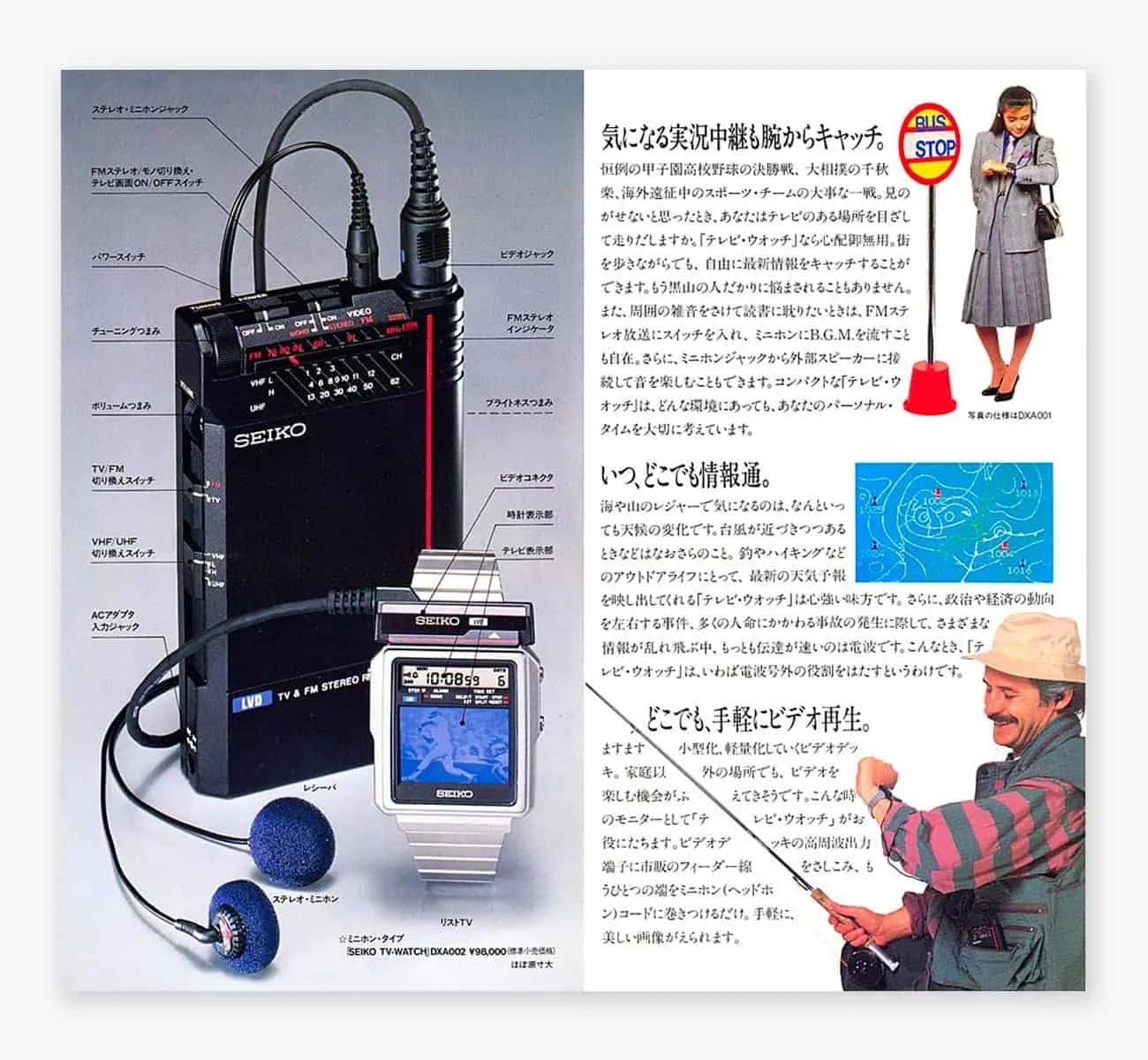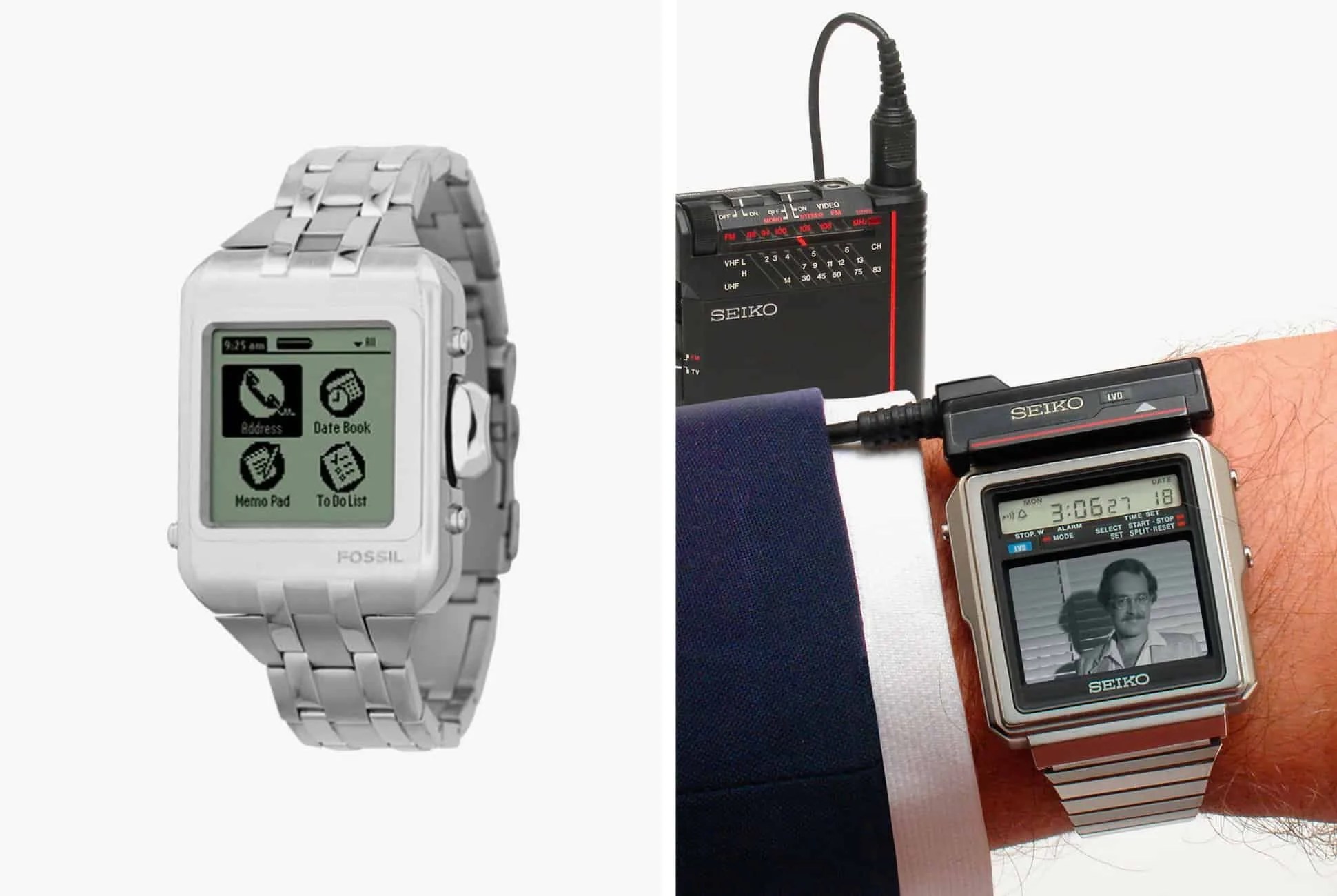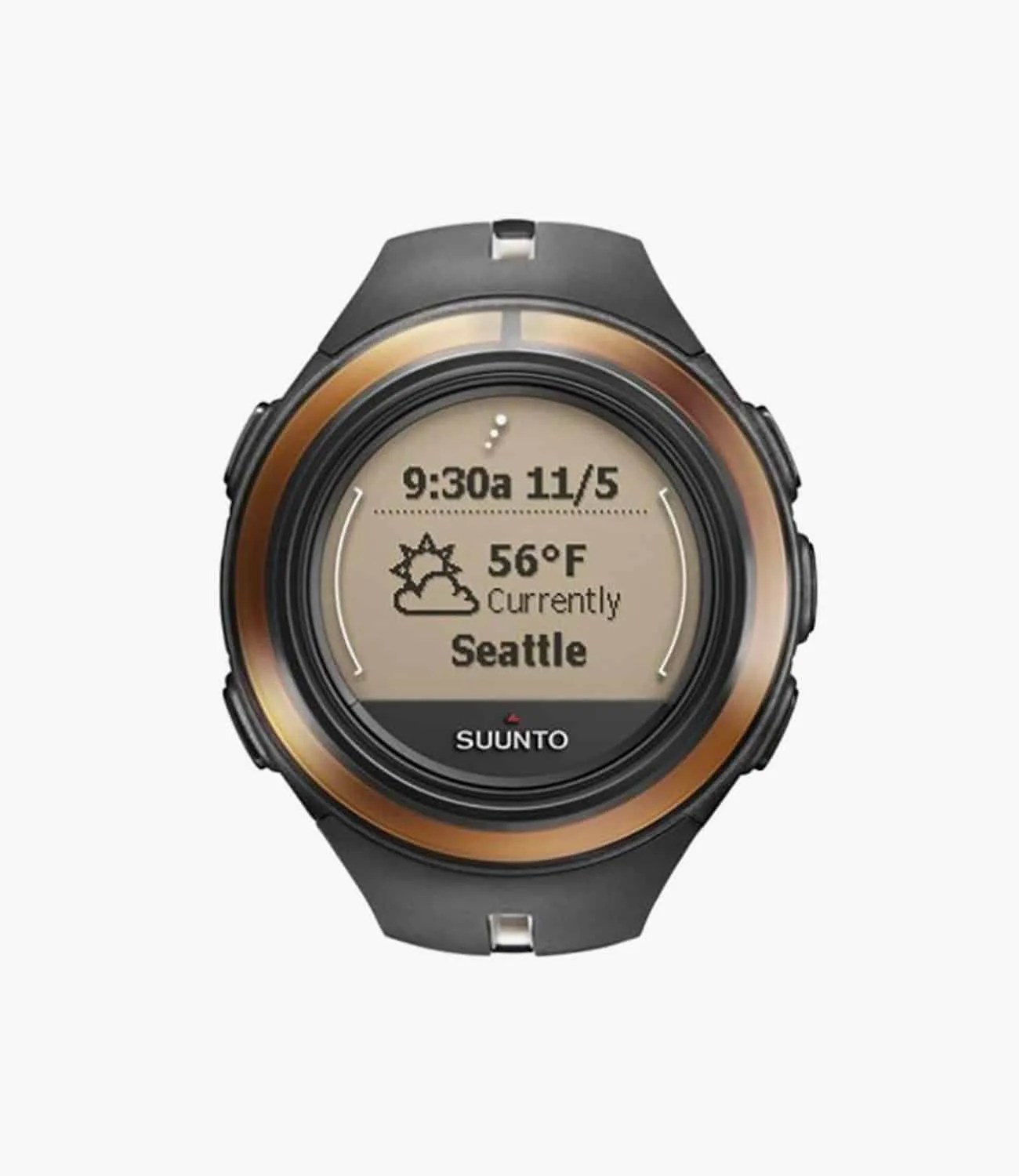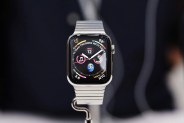With the Apple Watch Series 4 making its debut, we have a pretty clear vision of what to expect in a “smartwatch” in 2018 and what the benchmark is. Hell, when the first version reared its head in 2015, it felt pretty genre-defining. But while the Apple Watch has helped solidify what the perception of a modern smartwatch is, the road to its development was paved with an extraordinary number of watches that attempted to computerize the wrist-worn timepiece and expand upon its functions. In fact, many of the seemingly cutting-edge aspects of the Apple Watch today were first introduced in watches that are decades old.
So when exactly did the watch become “smart”? You could argue that the race began with the development of quartz timekeeping in the late 1960s or the introduction of the first digital watch in 1972, but the introduction of the Seiko TV Watch in 1982 feels like a good start. In addition to a digital screen with the traditional timekeeping functions, the watch’s dial featured a then- state-of-the-art LCD television screen that could receive UHF and VHF channels (as well as FM radio signals), though only when hooked up to a receiver that had to be carried in your pocket and hardwired to the watch. Like a modern smartwatch, the TV Watch would eat through its batteries, consuming two AAs after watching five hours of television.
What in retrospect is an exceedingly goofy device probably felt pretty revolutionary at the time, given that at the time of its launch, the watch was featured prominently in the 007 film Octopussy, albeit without the dorky receiver attached. This wouldn’t be Seiko’s only contribution to smartwatch history, either: the same year that the TV Watch’s debuted, Pulsar — creator of the first digital watch and then a sub-brand of Seiko — released the NL C01, a databank watch that could store a whopping 24 digits of information. That was quickly followed by another databank timepiece, the Data 2000, which could store 2,000 characters and which connected via electromagnetic coupling (aka wireless docking!) to an external keyboard allowing users to log information. As you’d probably guess, the watch didn’t exactly take off.

Soon after, “computer watches” entered the fold in the form of Seiko’s RC and UC series that could connect to popular personal computers at the time — the Apple II, the Commodore 64, etc — via a hardwire connection. What’s more, some of these watches boasted microprocessors and memory and were actually programmable, though very limited in their functions. The RC-20, for example, could run programs the wearer coded on their PC and then transferred to the watch (it also had a very early touchscreen); similarly, the UC-2000 came with a keyboard-like dock that essentially turned it into a tiny computer when off your wrist.
The next wave of smartwatch innovation didn’t really hit until the early 1990s, but this was then when products began to resemble the smartwatches of today. Casio, for example, released a bevy of digital watches with expanded functions that have become de rigeiur on wearables today. In 1990, it debuted the JC-10, which could monitor steps, calories burned and distance traveled like a modern fitness-tracking wearable. A year later, there was the VDB-1000 that was, in essence, a wrist-worn touchscreen PDA; the BP-400, also launched in 1991, could even monitor heart rate and blood pressure.
Then, in 1994, things kicked up a notch. Casio debuted the VivCel VCL-100, which featured an antenna that could detect when your phone was ringing and vibrate to alert you — basically, a push notification. Upping the ante was Seiko, which released the Receptor Message Watch which functioned as a wrist-worn pager, though it’s limited space and seven-segment display meant messages had to be short and the characters you could use were limited. Most notable of all, though, was the introduction of the Timex Datalink.


